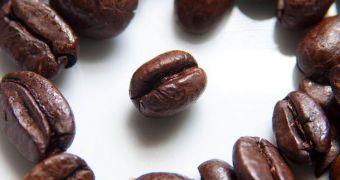In a study funded by the US National Institutes of Health (NIH), investigators from the Rutgers Ernest Mario School of Pharmacy in Piscataway, New Jersey, found that consuming caffeine and exercising provide a protective effect against skin cancers triggered by excessive exposure to sunlight.
The investigation, which was carried out on unsuspecting lab mice, shows potential avenues of research in finding new type of treatments against these conditions. Most often, tanning beds, extreme exposure to ultraviolet light and sunburns can lead to the formation of tumors on the skin.
One of the most important discoveries made in this investigation is that fat and tumor growth appear to be related. This is why exercising regularly provides a protective effect, the team behind the study says.
Additionally, researchers found that consuming caffeine, from coffee, tea and so on, contributes to reducing inflammation, and therefore makes it easier for the body to resist the spread of cancer.
Scientists discovered that reducing inflammation whenever it occurs could also be beneficial for warding off other types of obesity-linked cancers. “We found that this combination treatment can decrease sunlight-caused skin cancer formation in a mouse model,” Yao-Ping Lu, PhD, explains.
The expert holds an appointment as the director of skin cancer prevention at REMSP, and is also an associate research professor of chemical biology at the School. He presented the findings at the 2012 annual meeting of the American Association for Cancer Research (AACR), in Chicago.
“I believe we may extrapolate these findings to humans and anticipate that we would benefit from these combination treatments as well,” the investigators told colleagues in attendance at the conference.
The protective effect of caffeine and physical exercises is quite strong, researchers found. Mice who used a running wheel and were administered doses of caffeine had, on average, 62 percent fewer skin tumors than rodents in a control group.
In test mice that did develop skin cancer, the volume of tumors was, on average, 85 percent smaller than that of mice in the control group. In the first group, inflammation was found to be about 92 percent smaller than in the second group.
These links are definitely worth investigating in more detail, the team says.

 14 DAY TRIAL //
14 DAY TRIAL //